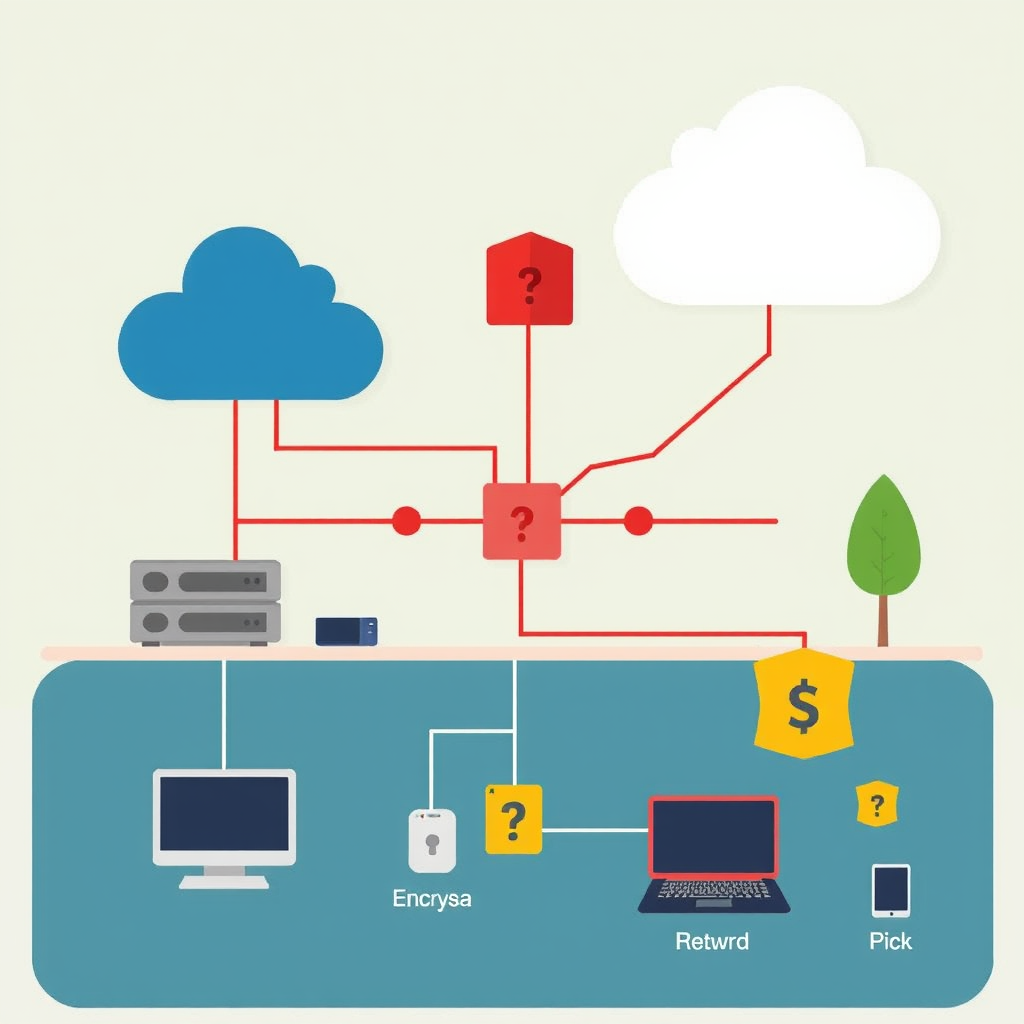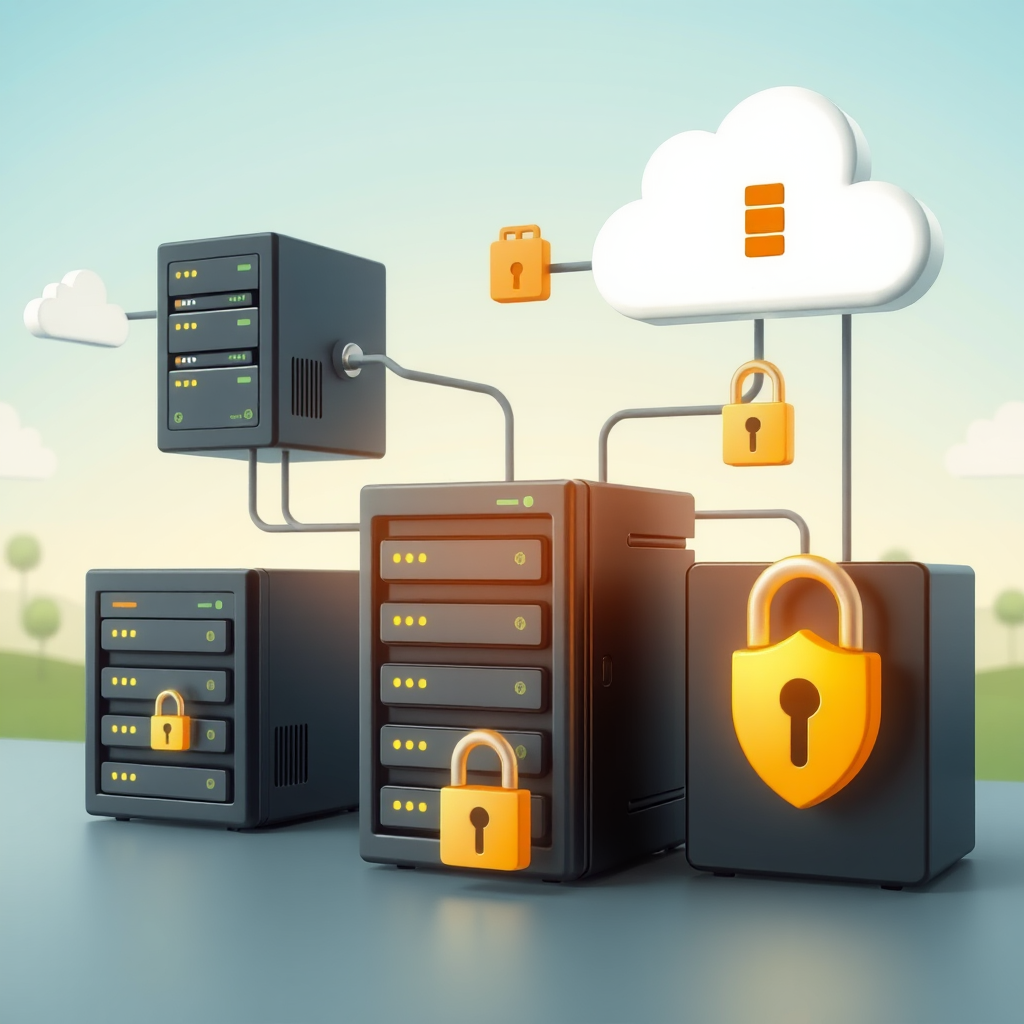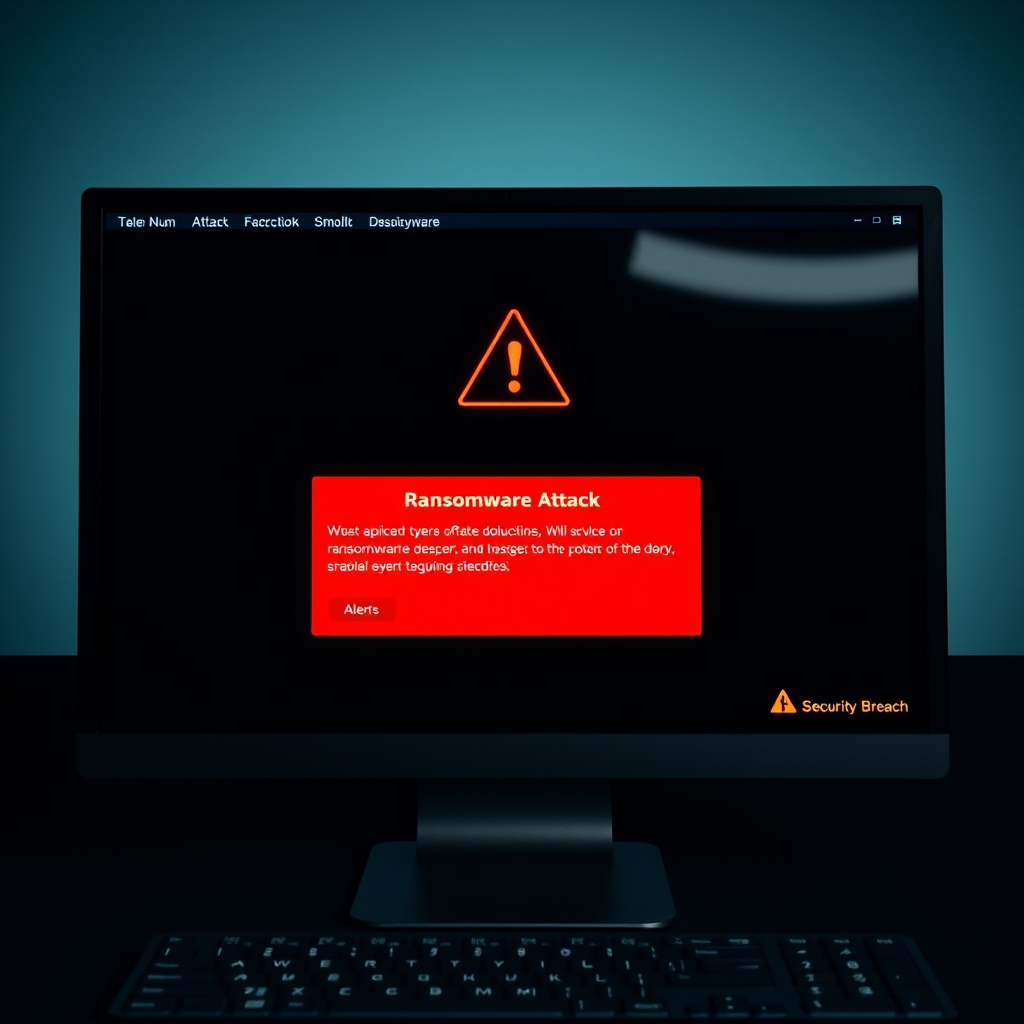Cybersecurity firms are reporting an alarming surge in ransomware attacks specifically designed to exploit vulnerabilities in home office networks and small business environments, highlighting critical gaps in remote work security infrastructure.
The shift to remote work has fundamentally changed the cybersecurity landscape, creating new attack vectors that cybercriminals are increasingly exploiting. Unlike traditional corporate environments with robust IT departments and enterprise-grade security systems, home offices often rely on consumer-grade equipment and basic security measures that leave them vulnerable to sophisticated threats.
Rising Threat Landscape
Recent data from leading cybersecurity research firms indicates a 340% increase in ransomware attacks targeting residential and small business networks over the past six months. These attacks often begin with phishing emails or exploit unpatched vulnerabilities in home routers and IoT devices connected to the local network.

The attackers are becoming increasingly sophisticated, using automated tools to scan for vulnerable home networks and deploying ransomware that can spread laterally across connected devices. Once inside a secure network, the malware can encrypt critical business files, personal documents, and even backup systems if they're not properly isolated.
Expert Recommendations for Network Protection
Cybersecurity experts emphasize that protecting a local network requires a multi-layered approach that goes beyond basic antivirus software. The foundation of any secure network starts with proper network segmentation and robust access controls.
Professional network monitoring services have become essential for detecting unusual activity patterns that might indicate a breach in progress. These services can identify suspicious data transfers, unauthorized access attempts, and other indicators of compromise before ransomware can fully deploy across the network.
Essential Security Measures
Industry professionals recommend implementing comprehensive backup strategies that include both local and cloud-based solutions, with backups stored offline or in immutable storage systems that ransomware cannot encrypt. Regular testing of backup restoration procedures ensures that data can be quickly recovered in the event of an attack.

Endpoint protection solutions designed for business environments provide advanced threat detection capabilities that can identify and quarantine ransomware before it spreads throughout the local network. These solutions often include behavioral analysis that can detect previously unknown malware variants.
Network Infrastructure Hardening
Securing the network infrastructure itself is crucial for preventing initial compromise. This includes regularly updating router firmware, changing default passwords, disabling unnecessary services, and implementing strong encryption protocols for wireless connections.
Network access control systems can limit which devices can connect to the secure network and what resources they can access once connected. This segmentation approach ensures that even if one device becomes compromised, the attacker cannot easily move to other systems on the network.
As remote work continues to be a permanent fixture for many organizations, investing in professional-grade security solutions for home offices is no longer optional but essential for protecting both personal and business data from increasingly sophisticated ransomware threats.
